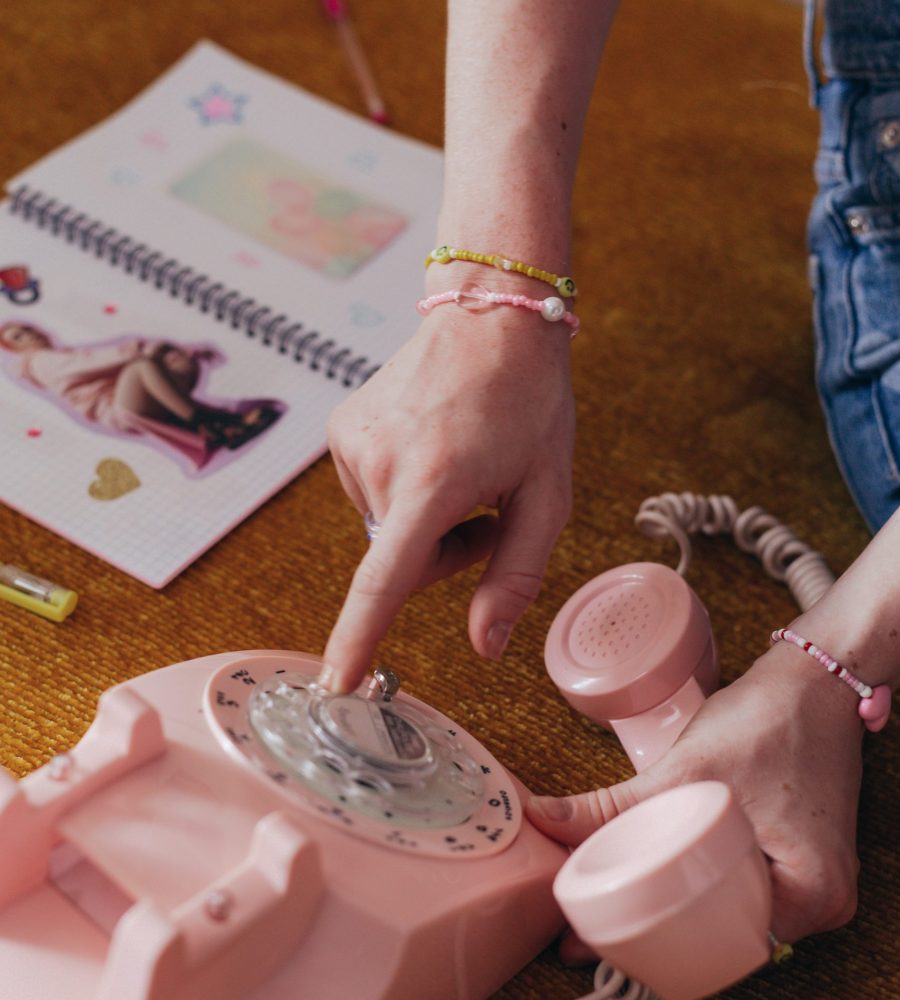Partner Relationships: A Journey of Evolution
The romantic relationship is an important institution in human society, playing a crucial role throughout history. Over time, partner relationships have experienced various changes and developments within different cultural contexts. This article explores the evolution of partner relationships in history and culture, as well as their impact on individuals and societies.
Firstly, let’s review partner relationships in ancient cultures. In many ancient civilizations, marriage was often arranged by families rather than based on personal choice and love. Marriages were typically means to maintain family interests, social status, and wealth. For example, in ancient China, parents would often select suitable partners for their children to enhance family honor and wealth.
However, as time progressed, partner relationships began to be influenced by personal desires and emotions. During the 18th-century Enlightenment era in Europe, the ideology of individualism led to a transformation in the concept of marriage. Love became closely associated with marriage, and it shifted to prioritize personal happiness and emotions. This marked the liberation of partner relationships from interests and traditional constraints, transforming them into a union of individuals and emotions.

Moving into modern society, the notions of partner relationships continued to evolve and diversify. Perspectives on gender roles changed, and the concept of gender equality gradually gained acceptance. Partner relationships are no longer limited to heterosexual marriages, as same-sex marriages and non-marital relationships have gained legal and societal recognition. Individuals now emphasize equality, respect, and mutual support in partner relationships, emphasizing the spiritual and emotional connections between each other.
Different cultures hold varying views on partner relationships. Some cultures emphasize family and collective interests, viewing marriage as a bond between families and society. In these cultures, partner relationships are often influenced by the expectations and pressures from family and society. However, in other cultures, there is a greater emphasis on individual freedom and happiness, and partner relationships are built upon respect and equality.

In conclusion, the evolution of partner relationships is a reflection of historical and cultural influences. From arranged marriages to the prioritization of personal choice and love, partner relationships have undergone significant changes within different cultural contexts. They serve as a source of personal happiness and fulfillment while also playing a crucial role in social stability and cohesion. Regardless of how times change, partner relationships will continue to remain an indispensable aspect of human life.

